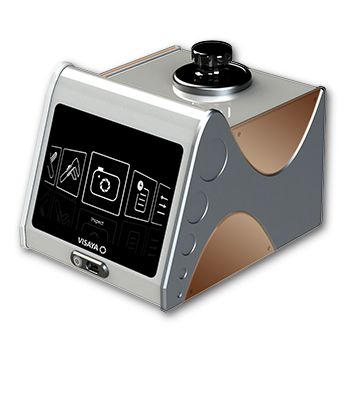ASTM D1838
Standard Test Method for Copper Strip Corrosion for Liquefied Petroleum Gases (LPG.)
ASTM D1838 is the standard copper corrosion test method for the determination of compounds present in liquefied petroleum gases having a vapor pressure greater than 124 kPa at 37.8 °C which can be corrosive to copper. D1838 Standard procedure is similar to ASTM D130 that assesses corrosion to copper in volatile liquid hydrocarbons, having a vapor pressure no greater than 124kPa at 37.8 °C.
Corrosiveness is a very important hydrocarbon property that impact both quality of products and the economics of production, transporting and refining operations, yet the quintessential method for its evaluation is subjected to some degree of human biased appreciation since the corrosiveness is only assessed by visual comparison to ASTM copper strip corrosion standard… (Aaron Mendez Ph.D.)
Copper corrosion limits provide assurance that difficulties will not be experienced in the deterioration of the copper and copper-alloy fittings and connections of the equipment commonly used throughout the operations of production, treatment, processing, storage and transportation in the oil industry. For the ASTM D1838 copper corrosion test method, polished copper strip is immersed in an approximately 100mL of the sample and exposed at a temperature of 37.8 °C (100 °F) for 1 hour in a cylinder capable of withstanding a hydrostatic pressure of at least 6900 kPa (1000 psig). After the heating period the copper strip is removed and rated as one of the four classifications of the ASTM Copper Strip Corrosion Standard (ADJ0130).
